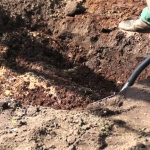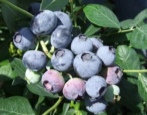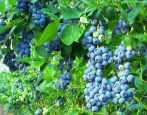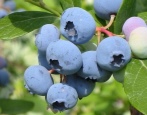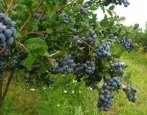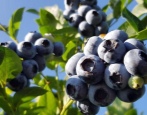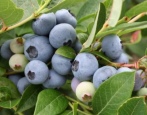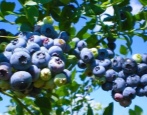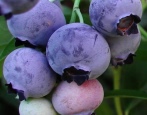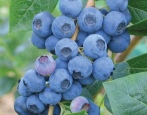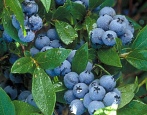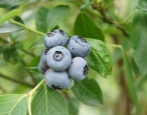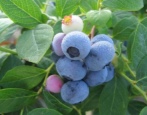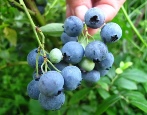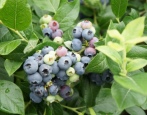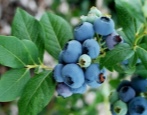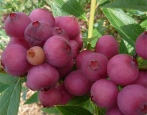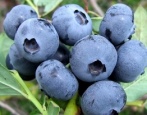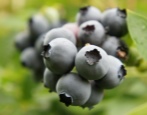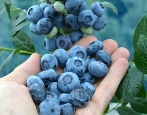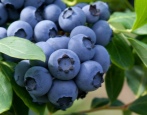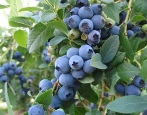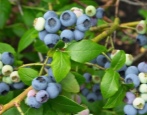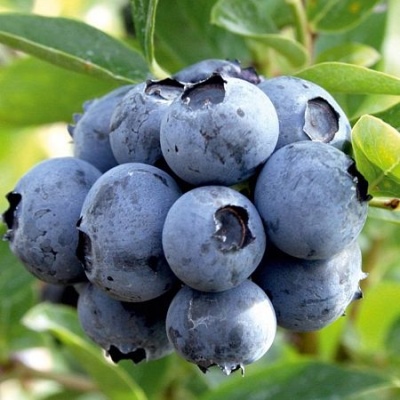
- Authors: USA (USDA Research Center and Rutgers University, NJ)
- Appeared when crossing: Elizabeth x US 75
- Ripening terms: late ripening
- Growth type: tall
- Bush height, m: 1,2-2
- Taste: sweet and sour
- Yield: high
- Average yield: up to 10 kg per bush
- Fruit size: large
- Fruit shape: rounded
Today, blueberries are planted as massively as many other berry varieties, since the culture is absolutely unpretentious, but very healthy and tasty. One of the most productive and sought-after varieties is the Legacy blueberry, which perfectly adapts in regions with a temperate climate.
Breeding history
The homeland of the late-ripening Legacy species is America. A crop was bred in the state of New Jersey by a group of breeders in 1993. The variety Elizabeth and US 75 were used as parental forms of the berry. The crop can grow and bear fruit in cold winters and cool short summers, which makes it even more popular.
Description of the variety
Legacy is a tall shrub characterized by spreading branches, a voluminous crown with moderate thickening, shiny bluish-green leaves and dense, very flexible shoots. In a healthy environment, the bush grows up to 2 meters in height. A feature of the bushes is the color of the bark - yellowish brown.
The shrub blooms in late April - early May. At this time, the bush is abundantly covered with whole clusters of large flowers-bells of a delicate pink color, which attract bees and bumblebees with their sweet aroma. Legacy blueberry bushes are often used in landscaping.
Fruit characteristics
Blueberries are large-fruited varieties. On a healthy bush, berries ripening up to 2 grams (diameter about 20 mm). They have a rounded shape with a perfectly smooth surface. At the stage of technical maturity, the berries have a greenish-yellowish color, and as they ripen, they acquire a dark blue color, diluted with a pronounced waxy bloom. The skin of the berries is of moderate density, firm, not tough. The berries stick on the stalks tightly, easily and dryly removing.
The advantage of the variety is considered to be good transportability of the crop, as well as long keeping quality - up to 3 weeks in the refrigerator. The purpose of blueberries is universal - the berries are useful to eat fresh, and can also be frozen, processed into jams, preserves, compotes, fruit drinks.
Taste qualities
Legacy - tasty and healthy berries with tender and juicy flesh. The fruit has a balanced taste - bright, summer sweetness is perfectly combined with a subtle refreshing sourness. The berries are characterized by a strong dessert aroma. The pulp of berries contains a huge amount of valuable substances - sucrose, glucose and fructose, pectin, fiber, citric and oxalic acids, as well as vitamins A, C, B, E.
Ripening and fruiting
The late-ripening variety begins to delight with harvests in the 2-3rd year after planting. The berries do not ripen at the same time, so the ripening and fruiting period is extended. Fruiting is stable - annual. They begin to actively sing berries on the bushes in late July-early August, continuing to delight with healthy and tasty fruits for 3 weeks. The culture bears fruit for 8-10 years.
Yield
The bush gives high yields, subject to compliance with agrotechnical recommendations.In the first years of fruiting, you can get up to 6-7 kg of berries, and then the yield increases to 10 kg from one bush per season.
Self-fertility and the need for pollinators
Blueberries are self-fertile, but nearby pollinators can increase yields by up to a quarter.
Growing and care
Planting a seedling is carried out in early spring or mid-autumn. Two to three-year-old seedlings take root best of all. Blueberries are planted at a distance of 3-5 meters from trees, since they cannot stand strong shade. Blueberries grow well in the area where perennial grasses used to grow.
Caring for berry crops consists of the following activities: regular watering, especially in hot summer, fertilizing, weeding and loosening the soil, crown formation, pruning branches, preventing diseases, preparing for cold weather.
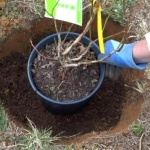
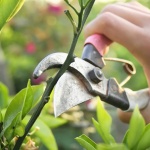
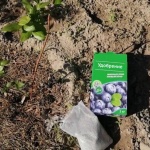
Disease and pest resistance
Legacy blueberries have excellent immunity, so they are able to resist most viruses and fungi. Rarely, a culture is affected by late blight, gray rot and stem cancer. Among the insects dangerous for blueberries, one can distinguish the leafworm and lancet.
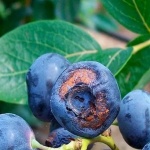
Winter hardiness and the need for shelter
The frost resistance of the variety is good - the shrub tolerates temperature drops to -23 ... 25 degrees. Blueberries grown in an area with long and harsh winters need shelter. Spruce branches, burlap, agrofibre are used as a covering material. Before the shelter, about a week before, the bushes are cut, thinned out.
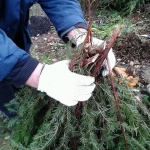
Location and soil requirements
The variety does not require complex agricultural technology, but it is recommended to choose the right soil and place of growth. The shrub will grow comfortably in loose, nutritious, breathable and acidic soil, for example, loams or peat bogs are suitable. The site should be abundantly illuminated by the sun, have access to light, be spacious, protected from cold winds and drafts.
